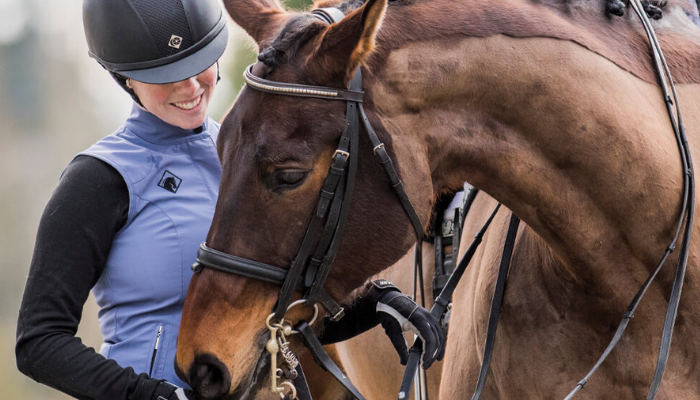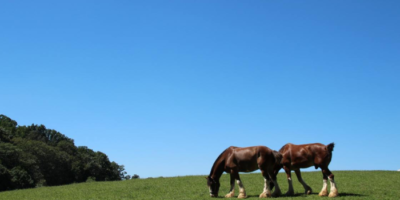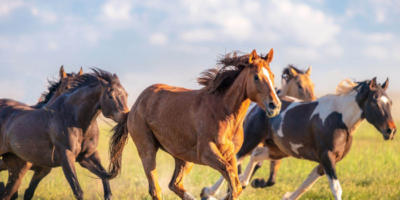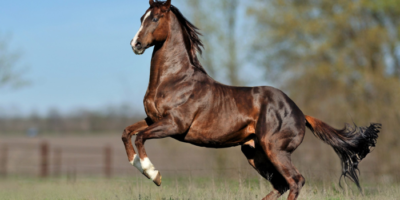Horses have been companions to humans for thousands of years, serving roles in transportation, agriculture, sports, and recreation. Ensuring these magnificent creatures are well-trained and cared for is crucial for their well-being and the safety and enjoyment of their human partners. This comprehensive guide delves into the essential aspects of horse training and care, from the basics of stable management to advanced riding techniques. Discover a wide range of courses at casacourses. Enhance your skills and knowledge with our comprehensive online learning platform. Join us today!
1. The Foundation: Stable Management
Proper horse care begins with a well-maintained stable. A clean, comfortable, and safe environment is crucial for a horse’s health.
- Stable Design and Maintenance: Ensure stables are well-ventilated and free of drafts. Clean stalls daily to remove waste, and provide fresh bedding. Regularly inspect and repair any structural damages to avoid injuries.
- Feeding and Nutrition: Horses require a balanced diet tailored to their age, size, and activity level. High-quality hay, fresh water, and appropriate grain or supplements are fundamental. Consult with a veterinarian or equine nutritionist to create a diet plan.
- Health Checks: Regular veterinary check-ups, vaccinations, and dental care are essential. Establish a routine for deworming and monitor for common health issues such as colic or laminitis.
2. Building Trust: The Basics of Horse Training
Training a horse begins with building a foundation of trust and respect. Groundwork is the first step in this process.
- Basic Commands: Teach your horse basic commands such as “walk,” “trot,” “stop,” and “back up.” Use consistent verbal cues and body language. Positive reinforcement, like treats and praise, helps reinforce desired behaviors.
- Desensitization: Gradually expose your horse to various stimuli (e.g., loud noises, unfamiliar objects) to build confidence and reduce spookiness.
- Lunging: This exercise involves the horse moving in a circle around the trainer. It helps establish control, improve fitness, and assess the horse’s gait and behavior.
3. Saddling Up: Transitioning to Riding
Once groundwork is solid, transitioning to under-saddle work can begin. This phase requires patience and consistency.
- Introducing the Saddle: Start by familiarizing your horse with the saddle and tack. Let the horse sniff and explore the equipment. Gradually place the saddle on the horse’s back without fastening it, rewarding calm behavior.
- First Rides: The initial rides should be brief and calm. Have an experienced handler lead the horse while the rider mounts. Use gentle commands and avoid sudden movements.
- Basic Riding Skills: Teach the horse to respond to leg pressure, reins, and seat cues. Focus on walk-trot transitions, halting, and steering.
4. Advanced Training: Enhancing Skills and Performance
As the horse and rider’s bond strengthens, advanced training can refine skills and improve performance.
- Dressage: This discipline emphasizes precise movements and harmony between horse and rider. Basic dressage training enhances the horse’s responsiveness and flexibility.
- Jumping: Start with ground poles and small cross rails before progressing to higher jumps. Ensure the horse approaches jumps calmly and maintains a steady rhythm.
- Trail Riding: Expose the horse to different environments and terrains. Practice navigating obstacles like water crossings, steep inclines, and narrow paths.
5. Ongoing Care and Maintenance
Maintaining a healthy, happy horse requires ongoing care and attention.
- Regular Exercise: Consistent exercise keeps the horse physically and mentally fit. Vary the routine to include arena work, trail rides, and free play.
- Hoof Care: Regularly pick and inspect hooves for signs of disease or injury. Schedule routine farrier visits for trimming and shoeing as needed.
- Mental Stimulation: Provide toys, varied training exercises, and social interactions with other horses to prevent boredom and promote mental well-being.
Conclusion
From the stall to the saddle, comprehensive care and thoughtful training are key to fostering a strong, healthy, and cooperative partnership with your horse. By prioritizing stable management, building a foundation of trust, progressing through training phases, and maintaining ongoing care, you ensure your horse thrives both physically and emotionally. Whether for leisure riding or competitive sports, the journey of horse training and care is a rewarding endeavor that deepens the bond between horse and human.





















Comments